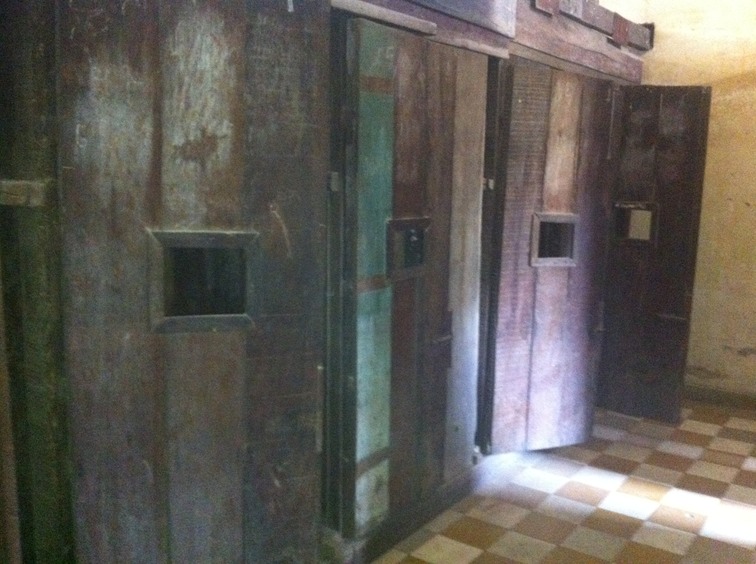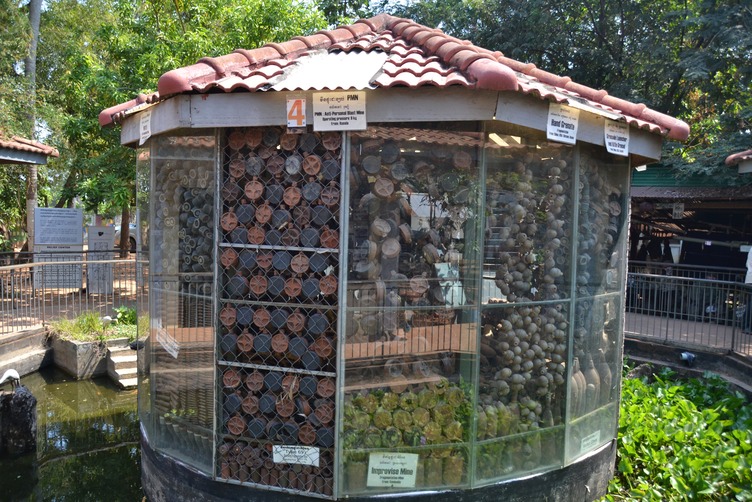We loved Cambodia. The people are lovely. It is still inexpensive and the temples are awesome. But there is a very sad history.
Aside from the Angkor Temples, I didn't know much about Cambodia. Sure I had heard of the movie, The Killing Fields, but I didn’t see it or know that much about it. The dreadful era of Pol Pot regime known as Khmer Rouge lasting from 1975 - 1979 was sadistic. Over a million people died of genocide, starvation, torture and overwork. This wasn't something I learned in school and I was too young when this was happening (Considering Cambodia has only 19 million people its impacted every Cambodian).
Prior to the Pol Pot regime, the Vietnam War had a great impact on Cambodia. The Viet Cong used Cambodia as a way to get artillery and people through to South Vietnam. It was called the Ho Chi Ming Trail. This resulted in the U.S. dropping bombs in Cambodia. Unsuspecting farmers were killed when bombs dropped from above. This drove the Cambodia people to join the Khmer Rouge. But the people didn't know how bad the Khmer Rouge was going to be. Pol Pot wanted Cambodia to be a Peasant Communist Country.
The Khmer Rouge killed all the educated people in Cambodia and their families. They moved many of these people to Tuol Sleng, otherwise known as S21 where they tortured them into giving false confessions. S21 was a high school that was turned into a prison and is now a museum. They interrogated and tortured people until the either died or told their captors what they "wanted" to hear. When they heard what they wanted to hear the Khmer Rouge killed them anyway. The sign on the left shows the rules at the prison.

We saw the cells that the people stayed in. The inside would barely fit a twin size bed. The photos we saw at S21 showed the horrors that happened there. The Khmer Rouge allowed an artist to live so that the artist could paint Pol Pot, the leader. Ironically, when the Khmer Rouge regime ended, the artist painted the horrific acts that occurred there. These paintings are displayed in the S21 Museum.
They forced other people that lived in the cities to move to rural areas and to farm the land. People were forced to farm the land by hand. Animals to help plough the land weren’t even allowed. Pol Pot banned religion, education and money.
A big problem that still exists today is the land mines that are still buried throughout Cambodia. They estimate that there may still be between 3 million and 6 million still buried in the ground. Nations around the world are helping to remove the land mines. We visited a Landmine museum that was founded by Aki Ra, a man who was taken from his parents at 5 years old and became a child soldier at 10 years old. As a soldier for the Khmer Rouge he buried land mines. It was later when he was much older and after he defected to the Vietnamese army that he realized the harm that was caused. He himself has dug up about 50,000 anti-personnel mines. His foundation helps victims of land mines and helps to clear the fields of land mines. They were proud to say that there were "only" 114 land mine victims last year.

I went to Cambodia to see temples from long ago and came away with a history lesson that more people should know about.